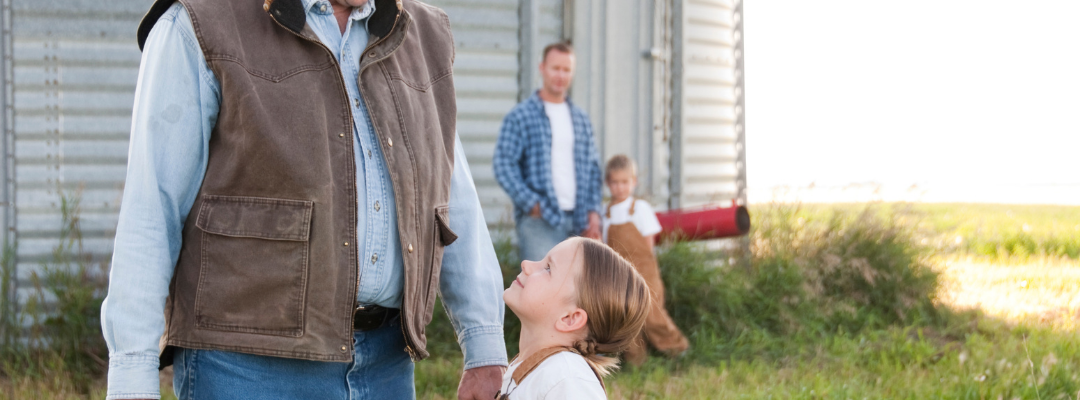Landowners often wonder what steps need to be taken to prevent injuries to people that come onto their property. In legal terms, this area of law is referred to as premises liability. Landowners owe persons on their property a duty based on the status of the visitor. Visitors can generally be divided into the categories of invitee, licensee, and trespasser. This article focuses on a special, and controversial category of visitors, the child trespasser. While this article lays out a general description of the law, the details may differ by state.
Our civil law system is built upon a system of duties owed by people and companies to others. For a successful civil lawsuit, an injured party (the plaintiff) must show that the defendant had a duty to the plaintiff, that the defendant breached that duty, and that the breach of the duty caused injury to the plaintiff.
For trespassers generally, a landowner owes the trespasser a duty to not willfully or wantonly injure the trespasser. Invitees and licensees are owed higher duties. For example, a landowner who sets up a spring gun at their storage shed, which fires when someone attempts to enter the building, would be liable to injuries to a trespasser attempting to break into the building. Booby traps, even when aimed at criminals on the property, subject the landowner to liability.
But what about a child that trespasses onto your property? A child may not appreciate certain hazards. Where the landowner has no reason to believe that a child would be on the property, the duty generally remains the same – no willful or wanton injury. However, if a landowner knows or should know that a child may come onto the property, the landowner has a duty to take reasonable care to avoid injury to the child and to warn the child of dangers known by the landowner.
In addition, if a dangerous instrumentality is on the property, the landowner has a duty to barricade the property or warn of the danger. A farm pond is not necessarily a dangerous instrumentality, but may become so if unique circumstances exist, such as a steep side slope or sudden drop off. A rope swing is not necessarily a dangerous instrumentality. Note that if a local ordinance requires, for example, a fence around a pool, the pool may be a dangerous instrumentality if no fence exists.
Finally, most states recognize the doctrine of attractive nuisance. The attractive nuisance doctrine states that where the landowner maintains a condition on their property that attracts children, the child is no longer a trespasser but is an invitee. Consequently, the landowner owes a higher duty to take ordinary care to keep the condition in a reasonably safe condition to protect the child. Natural conditions on the property cannot qualify as attractive nuisances.
For the farm owner or operator, the related so-called “unguarded dangerous conditions” present the biggest threat. For example, the landowner leaves the key in the tractor and the tractor is left outside. The farm is located in a suburban area, with families living nearby. If a child trespasses onto the property, starts the tractor, and is injured, a court may find the farm owner liable for injuries. Similarly, although a swing rope or farm pond with a dock does not necessarily qualify as a dangerous instrumentality, those types of conditions may qualify as attractive nuisances or unguarded dangerous conditions.
The lesson from these often-confusing legal doctrines is that the farm owner or operator should use an abundance of caution to be safe rather than sorry. Take keys out of tractors and store them in a safe area. Lock barns and sheds. Barricade areas that you do not wish the public to access. Inspect the property regularly and think about what areas may be dangerous to a child trespasser, then take steps to make the area off-limits or safe for trespassers. Finally, maintain adequate liability insurance.
Richardson, Jesse, and Paul Goeringer. “Duty to Child Trespassers.” Southern Ag Today 5(3.5). January 17, 2025. Permalink


